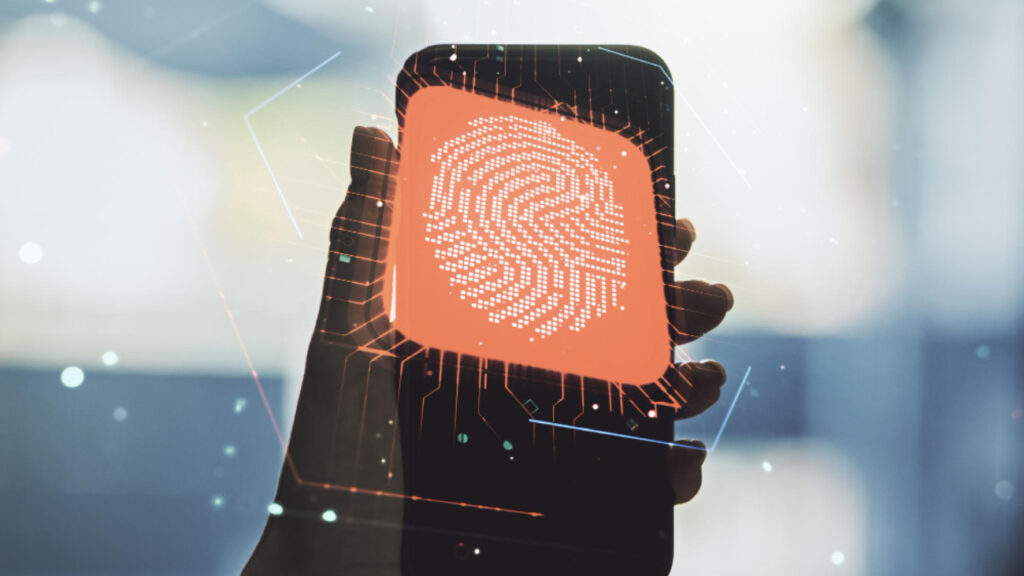Smartphone security has become very important as its use increases. Smartphones are now used to not just make calls, but also to carry out banking operations. This makes it vital to ensure the highest level of smartphone security, which is where biometrics helps.
Iris scanning is a robust and highly secure method of biometric authentication. While earlier fingerprint identification was the only technique used for authentication, the use of iris scanning has now become popular. Bahaa Abdul Hadi looks at how this technique can help enhance smartphone security.
Why use biometrics for smartphone security?
The most common security for smartphone is using a password or a pin. Most people keep an easy password, allowing it to be hacked easily. People also share passwords compromising on security. If your smartphone is taken over by an undesirable element, the consequences can be scary.
They can commit identity theft and carry out various operations using your identity. Your bank account can be compromised, and your credit card can be misused. Keeping in mind all these risks, it is better to use a robust system for smartphone security. This is where biometric authentication helps. The phone can be accessed only by its owners by authenticating biometric indicators like fingerprint or iris.
How iris scanning is used to ensure smartphone security?
In iris scanning, the eyes of the user who wants to unlock the phone are scanned. This is then compared to the pattern saved from the phone owner. The phone is unlocked only if there is a match. While fingerprints have 40 distinct traits, an iris pattern has 266 traits. This makes iris scanning more robust as compared to fingerprint scanning.
Another benefit of iris scanning is that it is a no-contact method of authentication. You only need to look at the mobile phone’s camera. The software algorithm converts the iris image into a pattern and uses it for authentication. It is secure and also faster to use than other security methods.
There are some challenges with iris scanning. One is the speed. It must work quickly and open the phone. If this doesn’t happen, people will not prefer it as an authentication method. The second challenge is to ensure the data is stored securely.
Iris scanning has more benefits than fingerprint authentication. This is why many users are preferring to use it for smartphone security. It is a simple and effective way of ensuring your smartphone is secured.
Thank you for your interest in Bahaa Abdul Hadi blogs. For more information, please stay tuned to www.bahaaabdulhadi.com







